Introduction
The outgoing Santa Fe was not much to look at. This new Santa Fe however is in the 90th percentile of good looks when compared to its SUV Crossover peers. It looks good from every angle and it fits in with the Hyundai brand’s styling direction
But now it’s the Santa Fe Sport’s turn, and we think this is one of the best-looking Hyundais yet, a sleekly sophisticated vehicle in a segment better known for boxiness. It has all the sculpted lines of the new Hyundai’s but none of the overly sharp edges. It’s easy on the eyes inside and out.
The revolution continues inside, where a curvaceous dashboard and quality materials give the Santa Fe Sport a surprisingly premium feel, especially relative to its generic predecessor. As expected from Hyundai, standard features are plentiful, including iPod/Bluetooth connectivity and the Blue Link telematics suite with features like voice text-messaging, local business search and turn-by-turn navigation.
Hyundai’s lineup is top-to-bottom impressive these days, but the 2013 Santa Fe Sport stands out even among its distinguished relatives. If rival crossover SUVs could express emotion, they’d be none too pleased about Hyundai’s latest.
Pros:
- Upscale styling inside and out
- spacious interior
- tons of features
- good power and fuel economy.
Cons:
- Can get pricey
Engine Options
The new Santa Fe Sport offers a pair of Hyundai’s Theta II GDI inline-4 engines that also are found in the Sonata sedan. Both direct-injected fours feature continuously variable valve timing to further enhance operating efficiency. The base engine is a 190-horsepower 2.4-liter while the Sport 2.0T carries a 264-horsepower version of the turbocharged 2.0-liter. The sole transmission is a smooth, responsive 6-speed automatic with a Shiftronic manual-style gate. The impressive weight-reduction program imparts a new measure of quickness across the board, along with improved fuel economy.
2.4-liter inline-4
190 horsepower @ 6,300 rpm
181lb-ft of torque @ 4,250 rpm
EPA city/highway fuel economy: 21/29 mpg (FWD ), 20/26 mpg (AWD)
2.0-liter turbocharged inline-4
264 horsepower @ 6,000 rpm
269 lb-ft of torque @ 1,750-3,000 rpm
EPA city/highway fuel economy: 20/27 mpg (FWD ), 19/24 mpg (AWD)
Comfort & Utility
The 2-row Santa Fe Sport is offered in base or 2.0T trim.
Feature highlights for the base Sport include a 2.4-liter 4-cylinder engine; 17-inch alloy wheels; LED headlight and taillight accents; a rear spoiler; air conditioning; electronically adjustable steering effort; power accessories; a tilt/telescopic steering wheel; cruise control; a trip computer; Bluetooth; and a 6-speaker audio system with satellite radio and iPod/USB connectivity.
The Sport 2.0T adds a high-powered 2.0-liter turbocharged 4-cylinder engine; dual exhaust outlets; 19-in alloy wheels; heated exterior mirrors; automatic headlights; fog lights; keyless entry with push-button ignition; an electroluminescent gauge cluster with a color LCD information screen; a leather-wrapped steering wheel and shift knob; and heated front seats with 8-way driver power adjustments.
Some notable Santa Fe Sport options are a panoramic sunroof, a 4.3-in touchscreen audio display, a navigation system with an 8-in touchscreen, a rearview camera, leather upholstery, dual-zone automatic climate control, a power front passenger seat, a sliding back seat and a 2.0T-exclusive Infinity audio system with 12 speakers.
In our interior evaluation, we found the Santa Fe Sport’s front seats to be notably more supportive than last year’s forgettably flat offerings. As ever, the seats are mounted high, so you get that SUV-style commanding view of the road that many shoppers want. Thankfully, the Santa Fe Sport comes standard with a tilting/telescoping steering wheel (not all Hyundais do), so you can adjust the wheel for reach as well as angle. There’s even some woodgrain trim sprinkled around the cabin that adds a touch of class. Overall materials quality has improved as well.
Whereas the old Santa Fe Sport’s gauges and controls were rental-car generic, the new one’s are a quantum leap forward. The dashboard is full of appealing angles and curves, while the deeply hooded gauges with available electroluminescent backlighting further attest to the Santa Fe Sport’s suaveness. Fortunately, the controls remain straightforward and easy to use despite the dramatically different look.
The Santa Fe Sport’s back seat has a pleasantly elevated bottom cushion and ample room for adult passengers. Hyundai emphasizes that even the 2-row Sport is considerably larger than rivals like the Ford Escape, and that’s evident in the airy feel inside. We’re pleased that a sliding back seat is available for 2013; the old model’s back seat was fixed.
On the hauling front, the Sport offers 35.4 cu-ft of cargo space behind the back seat and 71.5 cu-ft with the rear seatbacks folded. That’s a lot of cubes at this price point.
A properly equipped Santa Fe Sport can tow up to 3,500 lb.
Technology
The outgoing Santa Fe actually had a respectable roster of standard equipment, but it seemed like a band-aid given how dated everything looked. That’s obviously not an issue with the 2013 Santa Fe Sport. Like we said, there’s a thoroughly modern dashboard this time around, and it’s bursting with desirable standard and optional technology features, including iPod/USB and Bluetooth connectivity, Blue Link telematics, a color LCD driver information screen and a crisp 8-in touchscreen navigation system.
Blue Link is standard in one form or another on every Santa Fe Sport, and it deserves a paragraph of its own. Using the built-in voice-recognition software, you can search for local points of interest, send text messages or have them read to you, follow turn-by-turn directions to your destination and get help in an emergency. Blue Link also allows you to check the weather, receive traffic alerts and keep track of your driving habits to improve fuel economy. Hyundai’s even got operators standing by to provide assistance. It’s pretty neat.
Performance & Fuel Economy
All Santa Fe models come with a responsive 6-speed automatic transmission and are available with either front- or all-wheel drive.
Standard on the base Santa Fe Sport is a 2.4-liter inline-4 rated at 190 horsepower and 181 lb-ft of torque. Blessed with a broad powerband and good manners, this is largely the same engine that we’ve lauded in the Sonata midsize sedan. The Santa Fe has a little more weight to lug around, of course, but it’s a lot lighter than it used to be, and this engine is more powerful than the old 2.4-liter four. Fuel economy is a praiseworthy 22 mpg city/33 mpg highway with FWD and 21/28 mpg with AWD.
If “satisfactory” isn’t going to cut it, the Sport 2.0T solves that problem with a turbocharged 2.0-liter inline-4 good for 264 hp and 269 lb-ft of torque. Thanks to twin-scroll technology, the 2.0T delivers every bit of that torque starting at just 1,750 rpm, so there’s not really any turbo lag in the traditional sense. It just pulls hard on demand, and it’s smooth enough that one well-respected colleague of ours initially mistook it for a V6. Fuel economy is also a strong suit, checking in at 21 mpg city/31 highway with FWD and 20/27 mpg with AWD.
Safety
The 2013 Hyundai Santa Fe Sport comes with standard stability control, 4-wheel antilock disc brakes, active front head restraints and seven airbags (front, front side, driver knee, and full-length side curtain).
The Santa Fe Sport had not been crash tested as of this writing.
Driving Impressions
On the road, the Santa Fe Sport is about as good as it gets for a crossover at this price. The highway ride is quiet and smooth, while bumps are dispatched with impressive poise. The handling isn’t bad either, as the new suspension adds a welcome carlike athleticism. AWD models even get what Hyundai calls Torque Vectoring Cornering Control, a system that can send either extra torque or braking power to individual wheels, limiting understeer and generally making the Santa Fe Sport feel more responsive.
Unless we needed a third-row seat, our pick would be the Sport 2.0T. The little turbo is a great motor, and Santa Fe models so equipped are reasonably priced alternatives to a wide range of costlier crossovers.


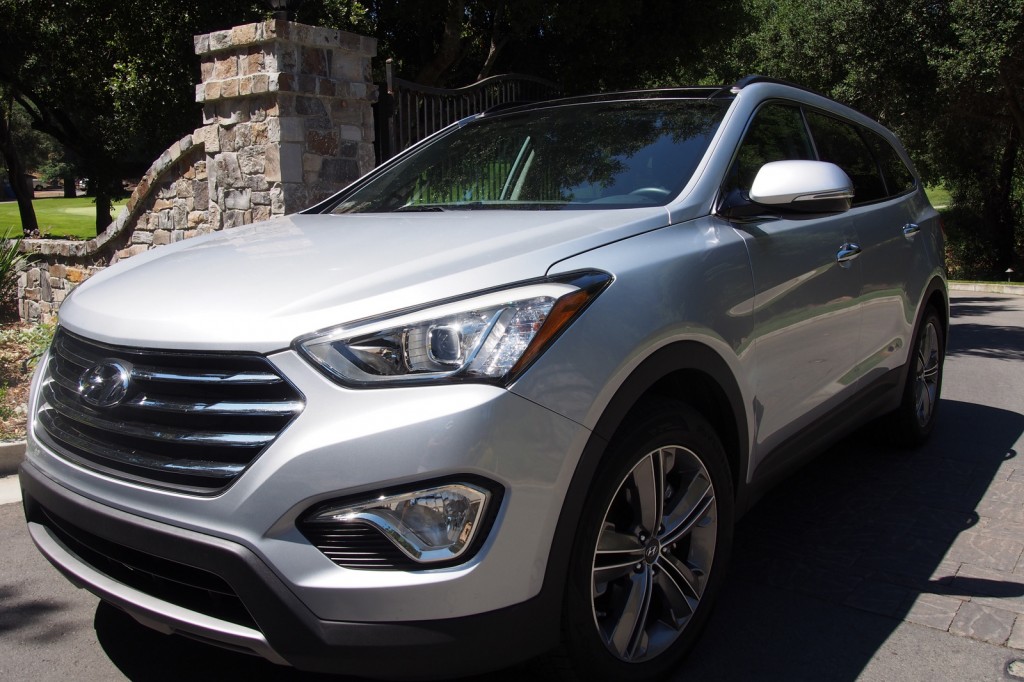

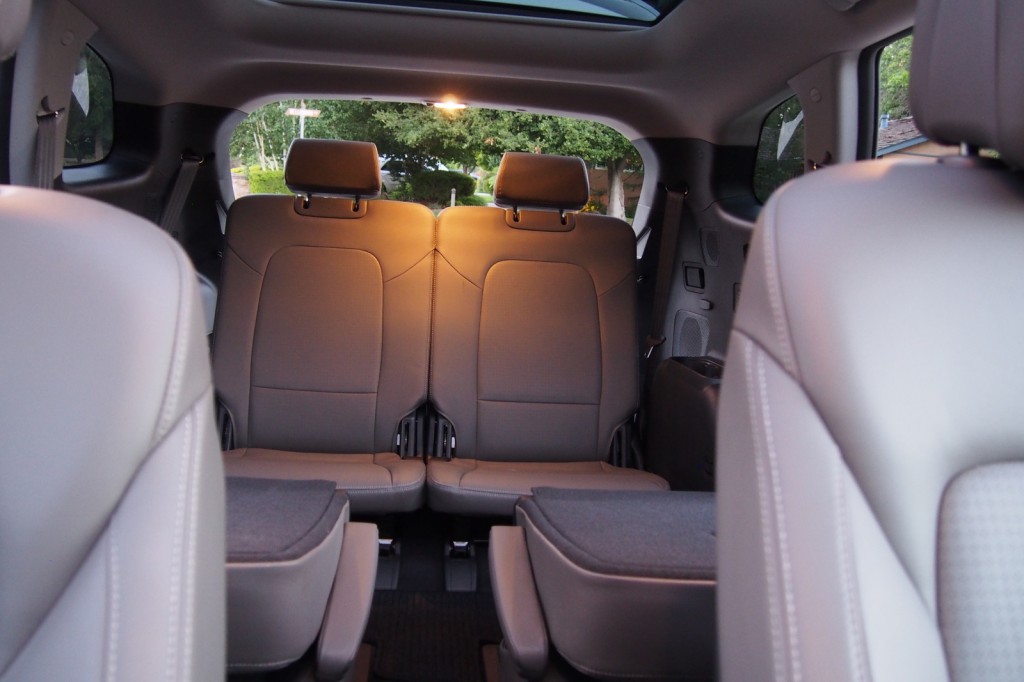
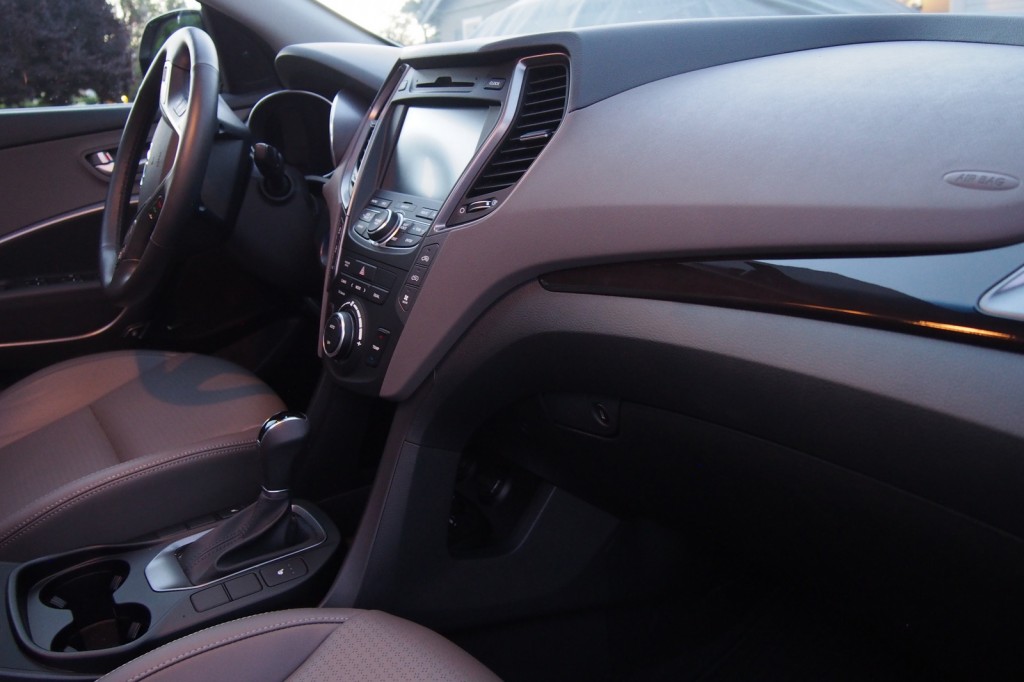
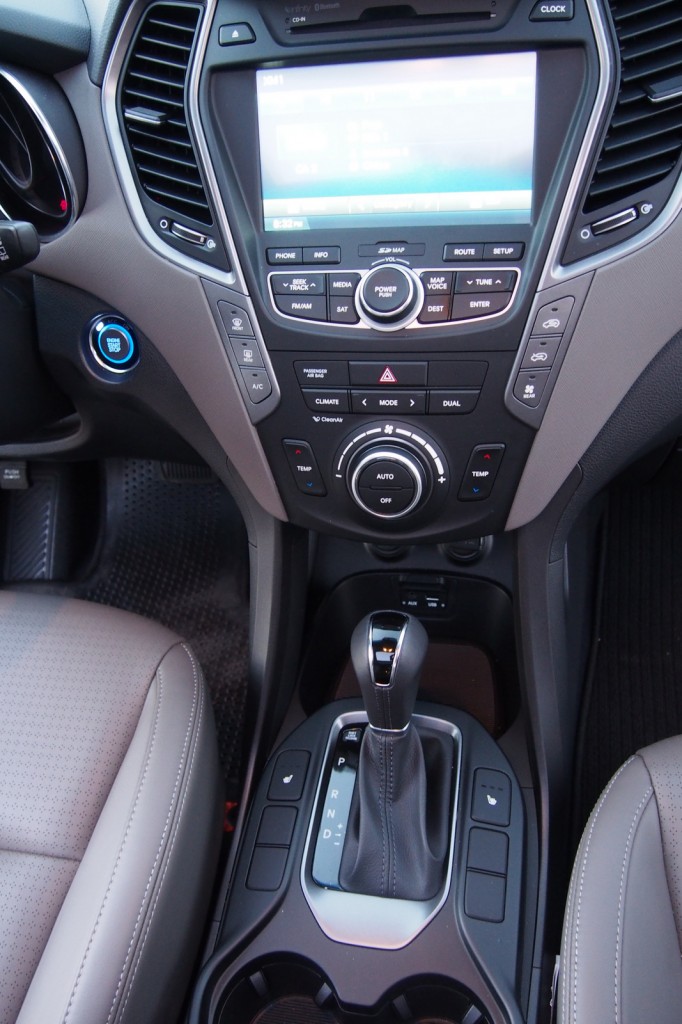
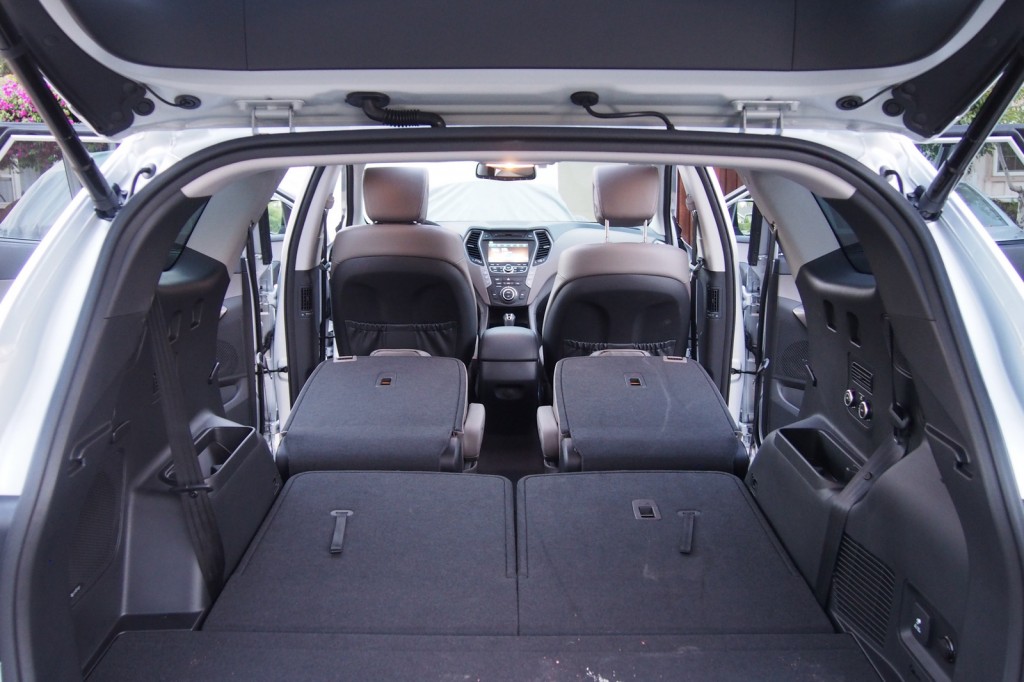
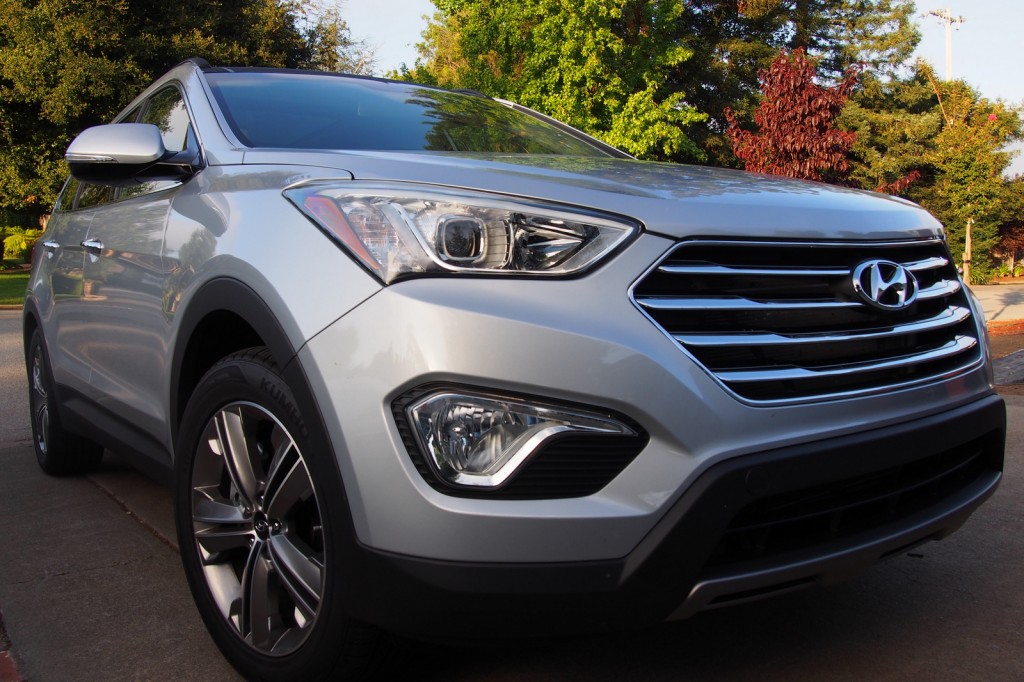
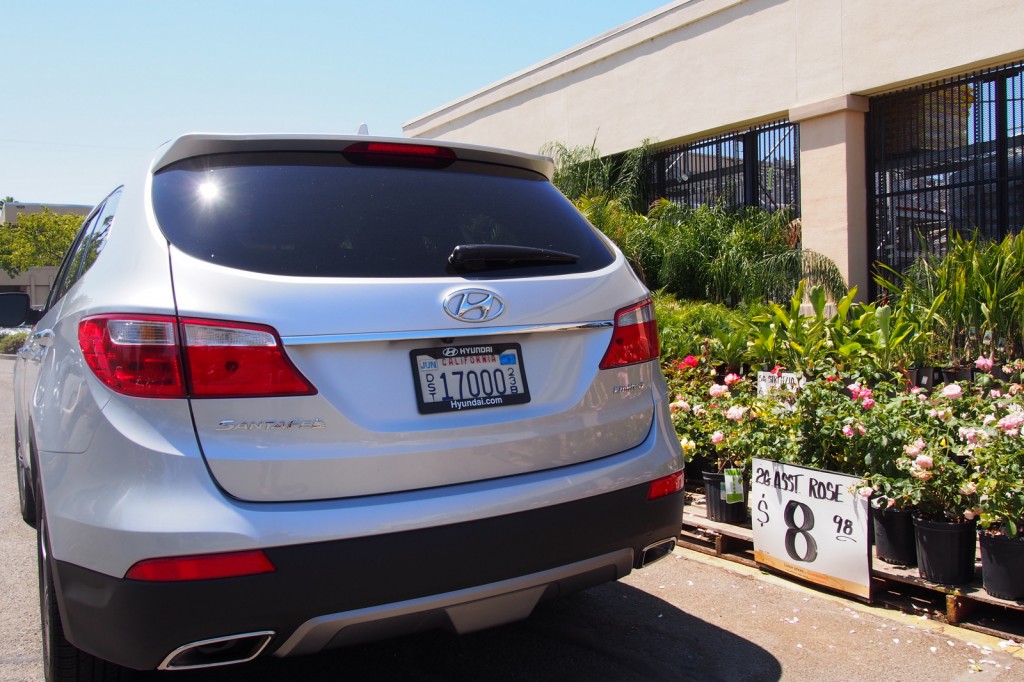
Leave a Reply